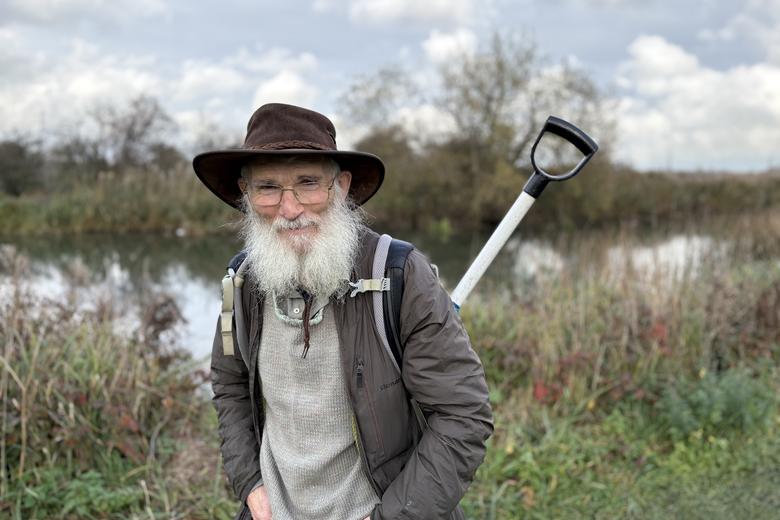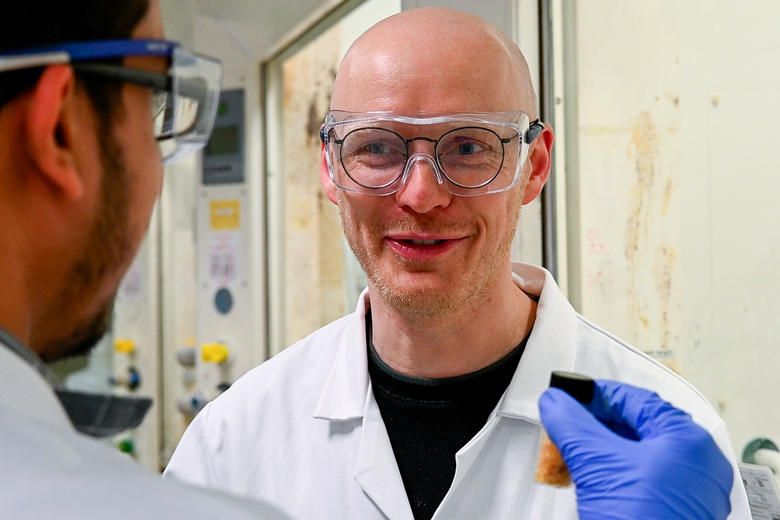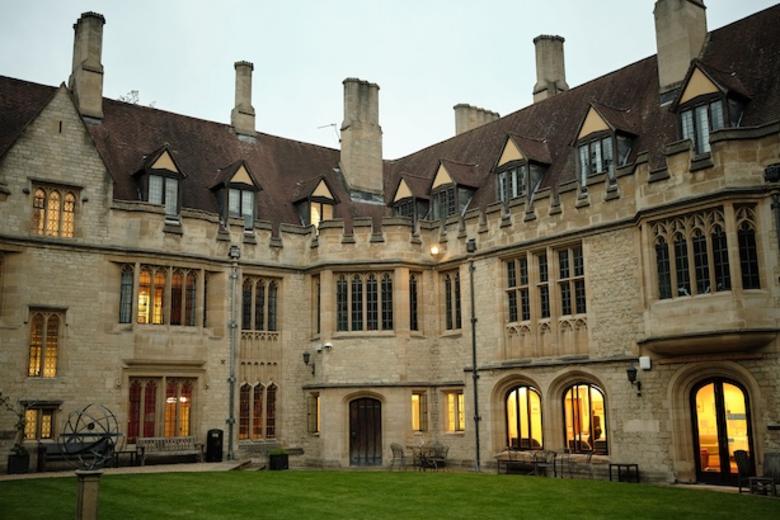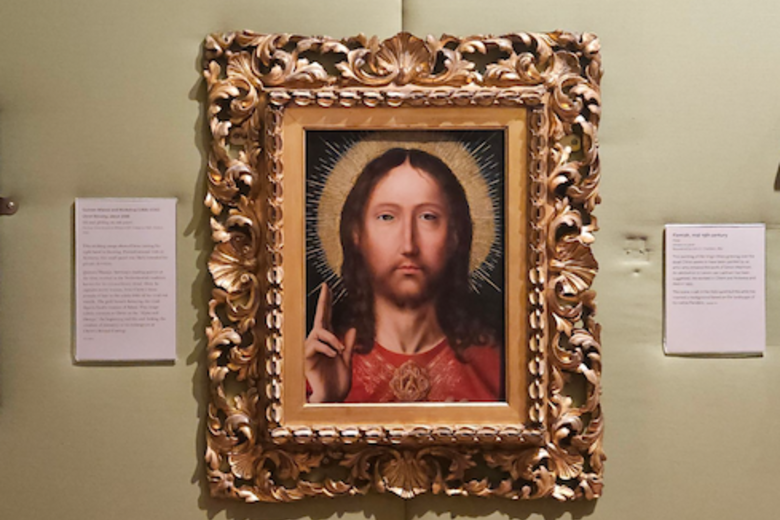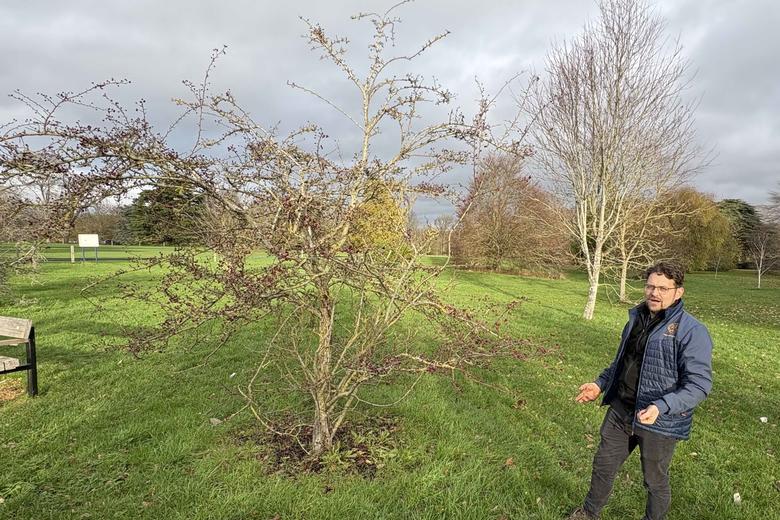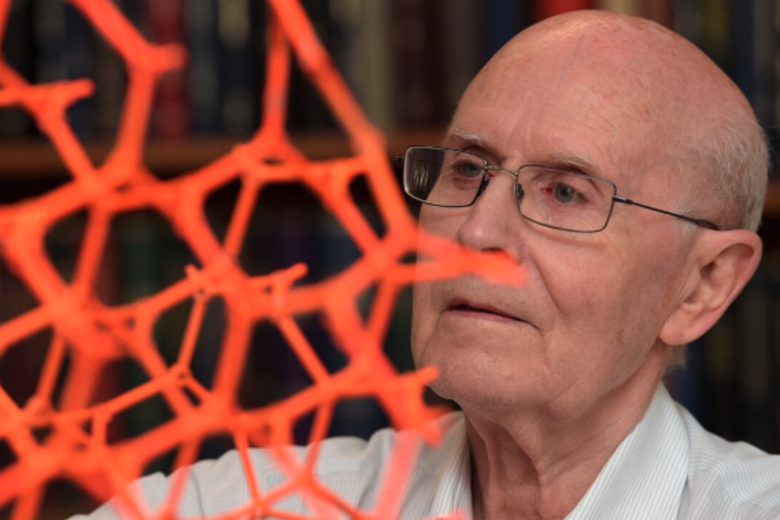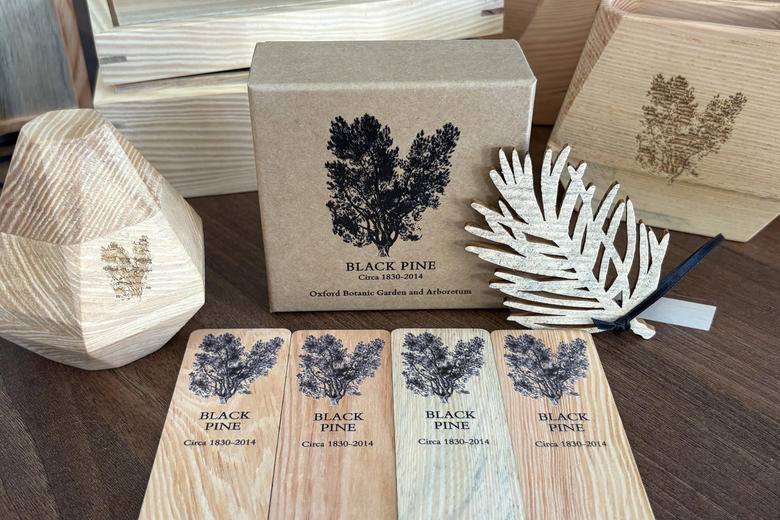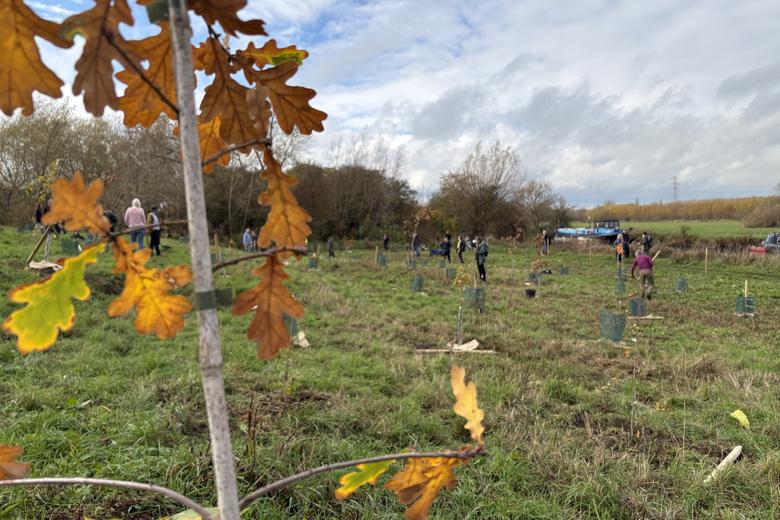BROWN’S CAFÉ: A GENEROUS CENTENARY

BROWN’S CAFÉ: A GENEROUS CENTENARY
Brown’s Café in the Covered Market is now one hundred years old, or maybe a little bit more, writes researcher Sarah Eddie.
Published: 18 March 2024
Authors: Sarah Eddie
Share this article
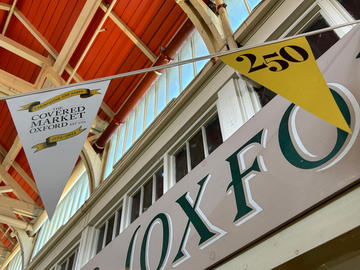
Sarah Catherine Lucy Brown (more commonly known to friends as Catherine) was born on 13th December 1885.
She would go on to lend her name to one of Oxford’s best known and loved institutions, Brown’s Café in the Covered Market.
Today, if you go there, the legend lives on with bright new décor and window engravings that say, ‘Est. 1924.’
This same year also marks 250 years of the Covered Market itself, making it a unique feature in Oxford and unusual more generally, the vast majority of markets being temporary, open-air affairs.
The tiny fly in the ointment is that it would now appear that the café was founded not in 1924 but in 1920, a couple of years after the cessation of conflict in World War One and just as the inflationary spike that followed it was beginning to subside.

Catherine was one of ten children, two having died in infancy. Her family had moved to Oxford from London and were living at 20 Albert Street, Jericho.
Her father Charles Henry Brown was a saddler and harness maker who, once established moved his business into a premises in Market Buildings, Market Street where it remained until his son Frank, also a saddler sold up and the business moved into the Covered Market, specialising in dog leads, and general leather goods.
Little is known about the early years but it is assumed that Catherine Brown attended St Barnabas Girls School until leaving at the age of 12 to become a dressmaker’s apprentice.
The 1901 Census shows her, aged 16, working as a dressmaker and living with her family at 13 St Aldates, Oxford.
At another point she worked as a maid in Brighton for an extremely wealthy widow of a coal industrialist.

It was then in 1920 at the age of 35 that she opened her café in the Covered Market at numbers 92 and 128. It is important to note that this was her business as opposed to a family business, notes Sarah.
There were already two family-run cafes in the market, George’s at 15-16 and Hunt’s at 5-6. At the time, there were few eating establishments in Oxford that served home cooked favourites for a more modest budget, an important clue concerning the subsequent longevity and popularity of the café for students on a budget.
Devonshire Clotted Cream was delivered daily and luncheons and market dinners were a specialty. In a trade advertisement, she described her café thus, ‘Clean, comfortable and especially convenient for business people.’
Over the next ten years Miss Brown grew her business, expanding into 129 and 129a. Brown’s became a fixture in the Covered Market.
She took part in Trade Exhibitions with a mock-up cottage stand complete with a mechanical bird in a cage and a display of fruit salad, jelly and Devonshire Clotted Cream. She was variously known as ‘stately’, ‘one of Oxford’s most celebrated characters’, and more affectionately, ‘Ma Brown.’
In the early 1930s, she travelled on her own to Australia, a remarkable feat for a single woman. Her sister Elsie took over the running of the café and reportedly didn’t want to hand it back on Catherine’s return.
Having identified the need for reasonably priced ‘hot supper dishes’, Catherine also opened a snack bar in 1933 above Alden & Co (fine art dealers and stationers) at 14a Broad Street, named The Kookaburra Café. The name is a reference to the Australia trip, but this cafe only opened for a few years.

She also lived at this address in Broad Street, taking in lodgers (mostly students) until a year before her death. The premises on the top two floors, directly overlooked Balliol College and with her ‘Shilling Supers’, was popular with students and Dons alike.
Miss Brown typed her own menus with idiosyncratic detail including, ‘Rabbit Stew (beware small bones!!!)’.
Her father Charles, already a Liberal, City Counsellor (representing the South Ward) was elected Sheriff, Alderman and Mayor of Oxford for 1932/1933, whilst continuing his saddlery business. The family were well known and respected.
It is not clear exactly when Miss Brown retired but Mrs Nora Kathleen Woodley, took over the lease for Brown's Café between 1964 – 1976. Many alumni will remember Nora, and others may still remember Catherine.
Miss Brown died in 1977 aged 91. She achieved her goal of providing, ‘Plain food, well cooked and plenty of it’, and of the generations of old and new customers she said, ‘I have no customers, only friends.’
In 1977 the lease was taken over by Isoforo Crisostomo Goncalves and Daniel Jesus Alvis de Freitas and so began a Portuguese influence that remains to this day.
Humberto Freitas, the current owner, has been involved in running the café from the age of 13 helping his parents, who took over the lease in the early 1990s.
He has continued the business model that Miss Brown inspired, retaining the character of the place and its important role in the history of the Covered Market.
Sarah [Eddie] notes, ‘The Cafe is still thriving and very busy at lunchtime. One of the very few truly independent 'old school' cafes left in Oxford.'
Now begins the delicate business of telling him that the Centenary celebration is four years overdue and the window engravings need to be revised.
QUESTIONS FOR ALUMNI
Do you have any photographs of Miss Brown or the interior of Brown's particularly from the 1920s - 60s?
Did you lodge with Miss Brown at 14a Broad Street?
Does the cafe hold a special memory for you like a first date, marriage proposal or where you wrote a book?
Do you have a memory of any particular food that you ate there, good or bad!?
Are there any memories of the Kookaburra Cafe above Alden & Co at 14 Broad Street, accessed via a tiny side passage?
CONTACT: se.356547@gmail.com SARAH EDDIE


